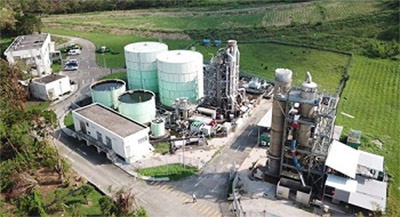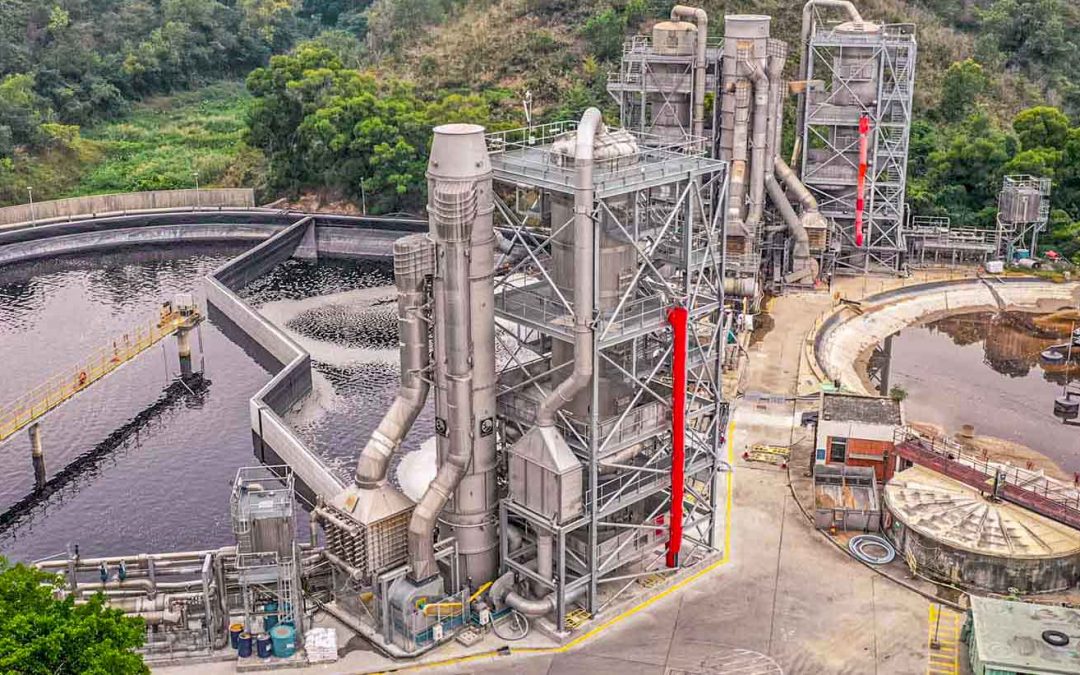
The Emerald Option
Ammonia, an Abundant Natural Element
Within the solar system, there is an abundance of ammonia spread throughout the planets. Astrogeologists estimate there are approximately 220 million km2 of sub-surface ammonia-water oceans on 14 solar system moons as well as the planet Pluto. One ocean on Titan, the largest moon of Saturn, is estimated to have a surface area of 80 million km2. On Earth, oceans cover 361 million km2, but none are composed of ammonia.
Sources of Ammonia on Earth
On Earth, there are no ammonia oceans, but copious quantities are produced each year. It is estimated that the total non-manufactured production of ammonia is some 290 million tonnes per year (tpy). Of this total, approximately 130 tpy derive from humans and livestock. Non-industrial ammonia production is augmented by the Haber-Bosch process which is the source of a further 200 million tpy.
One of the primary naturally occurring sources of ammonia originates from the decay of organic matter. Ammonia forms during the degradation of amino acids within acidogenesis. It also forms part of the excreta cycle of humans and animals as the kidneys secrete ammonia to neutralize excess acid. Consequently, it is a commonly encountered water pollutant.
To many wastewater engineers, ammonia in water represents a problem that costs money to fix. If a carbon source is required to treat the ammonia, as food for anoxic bacteria, annual costs can run into the millions.
Ammonia is also recognized as being toxic to fish. Lethal concentrations range from 2.5 to 25 mg/I. Further, as ammonia is biologically oxidized to nitrate, it exerts an oxygen demand on the receiving water. This can reduce the oxygen in the water to a point where aquatic life forms cannot survive. Ammonia also acts as a fertilizer causing the profuse growth of stringy bacteria and/or fungi and generally disrupting the natural environment.
In this article, Dr. Robert Eden discusses the latest innovations in the technology for the separation of ammonia from wastewater and landfill leachate.

